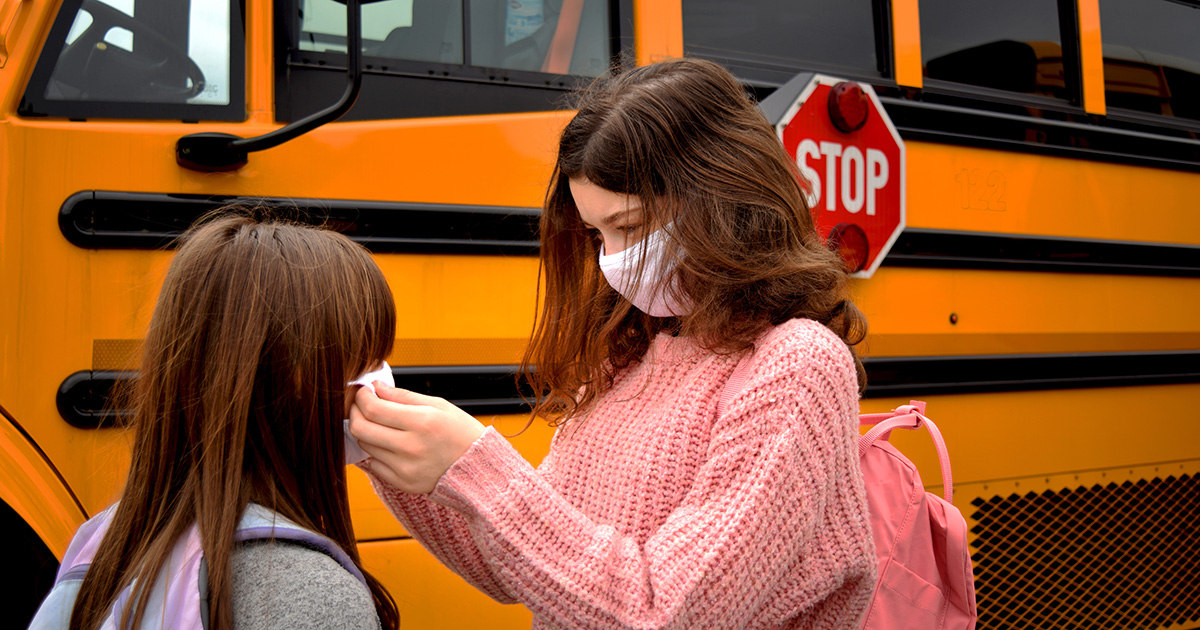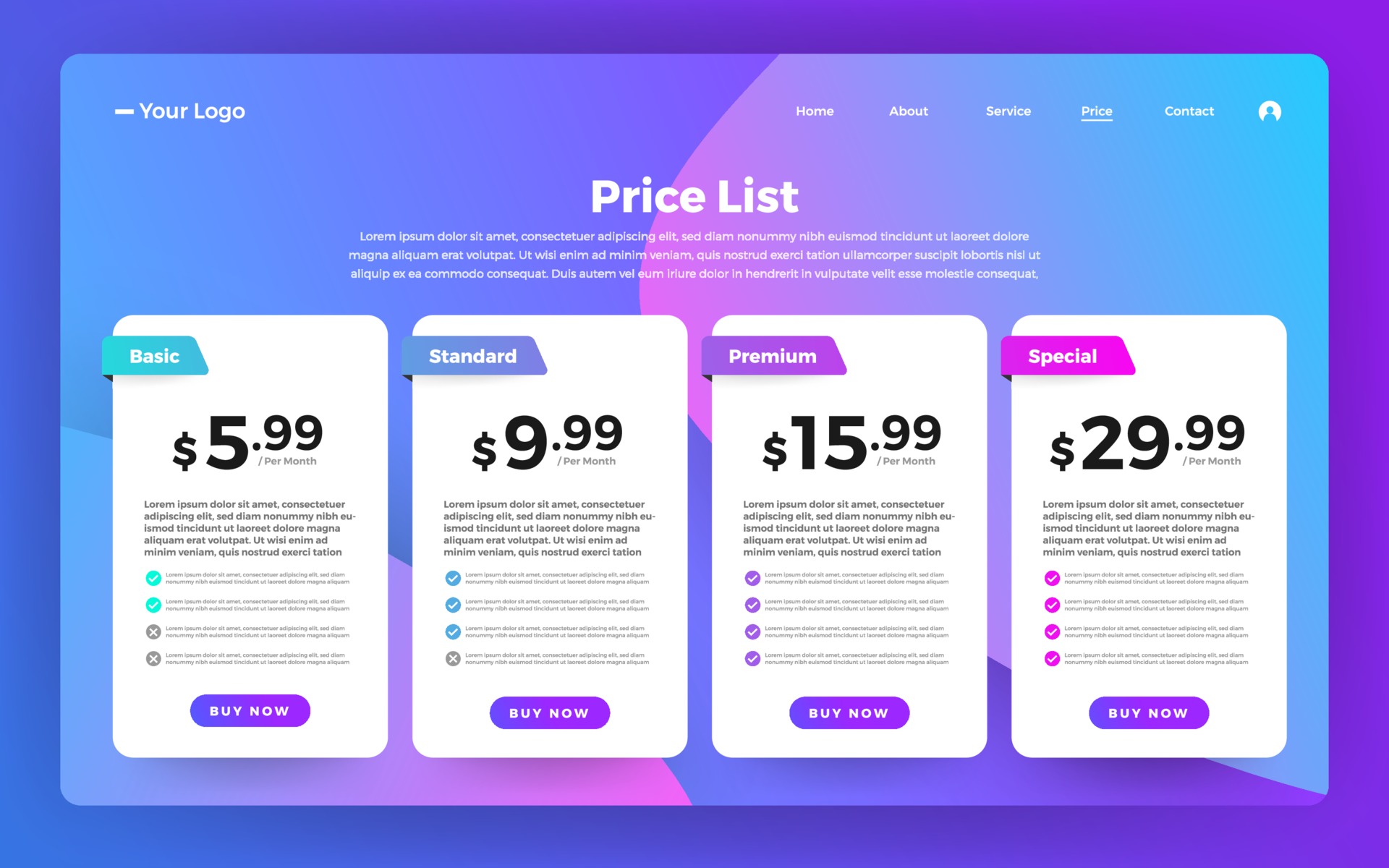Table of Content
The National Association for Family Child Care presented an overview of the current status of FCC and supports for providers. The Family Child Care Network Cost Estimation Tool helps state, regional, and local organizations better understand the costs of operating a staffed FCC network. The CET can be used to estimate the operating costs for services offered by a staffed FCC network. The calculator tool, which is a Microsoft Excel file, is available from the National Center on Early Childhood Quality Assurance by emailing Ramona’s biggest focus is making sure children are taken care of while their parents are at work, at school, or bettering themselves in some way. One of the keys is to focus on good nutrition where at times, she is serving the only food the kids will eat during the day.

Family, Friend, and Neighbor Care Family, friend, and neighbor care is provided in the child or caregiver’s home by a person who is a relative, friend or neighbor, or a babysitter or nanny. The Office of Child Care Family Child Care web page includes a brief about why OCC supports FCC and a resource list. Fully understanding what's required to be an effective foster parent, McKnight said she's still open to fostering other children in the future.
Jigna's Child Care Learn & Grow
The second section explores the critical components of a staffed FCC network. The third section outlines the four stages of successful network implementation—exploration, installation, initial implementation, and full implementation. Ramona’s ultimate goal is to provide top quality child care for those that may not be able to afford it.
Confirm that every adult working or volunteering in the program has had a comprehensive background check. If you already have an account, login to send messages to your favourite Applicants. The McKnights adopted one of their foster daughters, whom they began caring for immediately after she was discharged from the hospital as a newborn. Your documents will be assessed by the Youth Welfare Office and, if you are deemed to have a low income, you will receive a voucher to reimburse you for the cost of all or part of the Kita fees.
Popular Program Areas
When visiting a family child care provider, ask to see a copy of the program’s license, registration or certification, and inspection history. If you’re looking for daycare in cities across the country, including kindergartens, preschools and playgroups, take a look at our selection of recommended daycare providers in Germany. These programs typically are legally exempt from regulations and may not be required to meet health, safety, and training standards unless they care for children who receive government child care subsidies or vouchers. It is always important to ask your preschool provider or check with your local Child Care Resource and Referral agency to check to see if your provider is required to be licensed.
SALT LAKE CITY — As foster parents, Amanda and Matthew McKnight never knew when they'd receive a call from a caseworker seeking to place a child in their care. New parents who take time out of work to raise their children are also entitled to compensation from the government. The parental allowance in Germany replaces both parents’ lost earnings for up to 24 months. All parents in Germany are entitled to a monthly child benefit to help make sure their children’s basic needs are covered. There are other allowances available for low-income parents to cover the cost of school trips and supplies. Childminders or nannies in Germany are officially referred to with the gender-neutral term “Tagespflege”, although “Tagesmutter” is still the word you are most likely to hear.
Daycare and child care in Germany
A high turnover rate could also mean that there are issues that could affect the quality of the program. In addition to providing foster children's basic needs, fostering requires a significant commitment of time, McKnight said. Michael Hamblin, CEO of Utah Foster Care, said the nonprofit organization is also grateful for the Coxes' focus on foster care.
It has a comprehensive resource list on quality improvement in home-based child care settings. Resources include those with research on license-exempt child care as well as licensed and regulated FCC. This tool supports the alignment of program standards for licensing, quality rating and improvement systems, and prekindergarten programs.
Before- and after-school care (Schulhort)
Other programs, such as parks and recreation departments, community-based programs, and churches may offer this type of care as well. This brief examines the state of licensing group child care homes in 2014 and identifies trends that have become apparent during several years of data collection. This brief describes licensing requirements and policies for group child care homesin 2017 and identifies trends from previous years of data collection. The findings provide evidence that states are making positive changes in their licensing requirements and policies to protect the health and safety of children in group child care homes. Not all family child care homes may be required to follow a set of minimum health and safety requirements.
Some child care centers operate as non-profit and may be owned by an individual, church, public school, or a government agency. Other child care centers may operate as a for-profit and may be owned by an individual or a chain. You may want to check to see if your family child care provider participates in your state’s Quality Rating and Improvement System. This webinar explores strategies for understanding your family child care population and reaching out to and engaging FCC providers; and, outlines supports and services that can help improve the access to and sustainability of FCC.. This fact sheet is based on data from the National Survey of Early Care and Education.
You will then have access the “Inspection Reports” and “Child Care Regulations” information for your state. A family child care home may be classified as large or small, depending on how many children are cared for. The number of infants and toddlers that can be cared for in a family child care home is often limited. In this type of child care arrangement, providers care for small groups of children in a residential building—a house, apartment, or condo unit. Depending on the regulations in your state, this may or may not be the same home that the provider lives in. Even though children in foster homes may only be there temporarily, foster parents would welcome the same degree of support that many businesses and government agencies extend to parents of newborn children or adopted children.

Check to make sure the caregiver’s indoor and outdoor environment are safe and free of any hazards. Ask your caregiver about what type of meals are served to make sure your child is receiving nutritious meals and snacks throughout the day. There may be more flexibility in hours and transportation with a family, friend, or neighbor provider.
It is one of a series of three issue briefs that offer insights into how states and territories have improved their systems with new requirements, monitoring policies, and support systems for exempt providers. Many families choose child care centers because of the more structured, classroom-like environment. Families may like that their children are cared for in groups with other children the same age. They may also appreciate the greater number of adults present in the building. Families often like child care centers because of the larger groups of children present and the variety of equipment, supplies, and activities. We don’t govern child care providers, however, all family child care home providers must be Licensed or Registered according to county and state lawsin order to maintain a membership with the FFCCHA.

Licensed centers are required to follow a set of basic health and safety requirements, and they are monitored to make sure they are following the requirements. Ask your provider to explain the types of activities they have planned and how those activities support your child’s learning. Child care resource and referral agencies (CCR&Rs) serve families, child care providers and the local community. Family Child Care Homes In family child care homes, providers care for small groups of children in a residential building. Often this type of care has one or two caregivers and may offer non-traditional hours.
What is Kita (Kindertagesstätte)?
For example, some states require family child care homes to be licensed if they care for more than one child who is not related to the provider. Some states don’t require any regulations unless the provider is caring for six or more children. This Program Review Tool lists the minimum health and safety standards for child care settings outside of the home. Centers and family child care home providers can use this tool to assess their current health and safety practices, identify where practices should be stronger, and develop strategies and plans for professional development. All states have regulations for licensed centers, but not all child care centers are licensed. The question of whether a child care center is required to be licensed or is license exempt depends on the requirements in your state.
You may also want to check to see if your preschool program participates in your state’s Quality Rating and Improvement System. If you are looking for infant care, make sure to ask your provider about their Safe Sleep policies. For more information on questions to ask your family child care provider, see our Family Child Care Home Checklist. Child Care & Early Education Research Connections promotes high-quality research in child care and early education and the use of that research in policymaking.

No comments:
Post a Comment